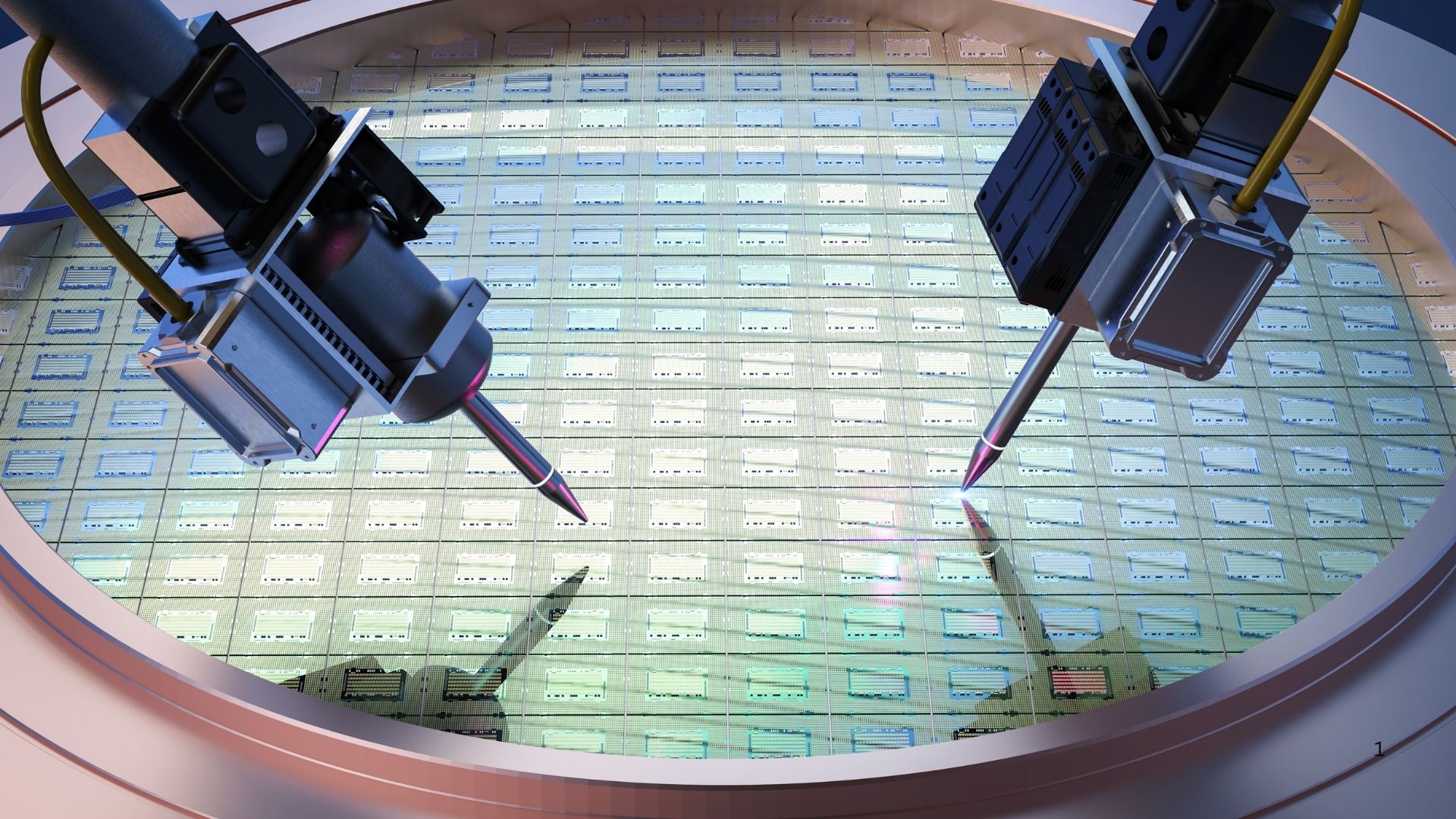Surging Investment in Nanomedicine and Minimally Invasive Procedures Boosts Global Nano Robotics Market
According to the latest report by Renub Research, the Nano Robotics Market is projected to grow from US$ 8.40 billion in 2024 to US$ 22.16 billion by 2033, expanding at a CAGR of 11.37% during the forecast period 2025–2033. This remarkable growth is driven by advancements in personalized medicine, increased research and development (R&D) funding, and the growing adoption of minimally invasive techniques, especially for cancer therapy and drug delivery.
Request sample Report:https://www.renub.com/request-sample-page.php?gturl=nano-robotics-market-p.php
A Transformative Force in Modern Medicine
Nano robotics, the technology focused on building machines or robots at the scale of nanometers, has become a revolutionary force in modern medical science. With its precision and potential to operate at the cellular level, nano robotics is revolutionizing drug delivery systems, disease detection, and treatments, including cancer and neurological conditions. These robots can navigate through the bloodstream and deliver drugs precisely where needed, minimizing side effects and improving therapeutic outcomes.
Market Overview: Accelerating Growth Through Innovation
The global nano robotics market is experiencing a surge in interest due to its ability to facilitate precise diagnostics and therapeutics. Key factors contributing to the rapid expansion of this market include:
- Rising demand for personalized healthcare that utilizes nano-scale tools for targeted therapies.
- Growing investment in research activities related to drug discovery, cancer treatment, and regenerative medicine.
- Technological advancements in medical imaging and diagnostics, which are enabling early disease detection.
- Supportive government initiatives and funding programs across regions such as the U.S., Germany, Japan, and South Korea.
Key Segments of the Nano Robotics Market
By Product Type:
- Bio-Nanorobots: Dominating the market due to their application in targeted drug delivery and biocompatibility.
- Nano-Surgery Robots: Gaining traction for performing ultra-precise surgical procedures.
- Magnetically Guided Nanorobots: Used for controlled navigation within the body using external magnetic fields.
- Bacteria-Based Nanorobots: Emerging for applications in targeted therapy and diagnostics.
- DNA-Based Nanorobots: Showing immense potential in gene therapy and molecular diagnostics.
- Molecular Nanorobots: Used for manipulating molecules and detecting pathogens.
By Application:
- Nanomedicine: Accounts for the largest market share, driven by chronic disease management and the expansion of precision medicine.
- Biomedical: Covers applications in cell repair, diagnostics, and biosensors.
- Drug Delivery: Gaining rapid momentum due to the demand for site-specific therapeutic interventions.
- Medical Imaging: Enabled by nanotechnology-enhanced contrast agents and precise imaging methods.
- Others: Includes environmental monitoring, molecular manufacturing, and tissue engineering.
Regional Insights: North America Leads the Charge
North America remains the dominant regional market, bolstered by the presence of leading biotechnology firms, robust funding structures, and a favorable regulatory framework. The U.S., in particular, has been at the forefront of nano robotics research, supported by institutions like the National Institutes of Health (NIH) and private sector innovators.
Europe and Asia-Pacific are also witnessing substantial growth. In Europe, countries like Germany and the UK are investing in nano-medical applications, while Asia-Pacific markets, led by China, Japan, and South Korea, are seeing rapid adoption due to increasing healthcare demands and rising R&D activities.
Major Market Drivers
1. Rise of Personalized Medicine
The global healthcare industry is shifting toward personalized treatment solutions. Nano robotics enhances the delivery of personalized therapies, especially in oncology, by targeting tumors with precision and minimizing harm to healthy tissues.
2. Investment in Research & Development
Governments, universities, and private organizations are heavily investing in nano robotics research to develop more effective medical solutions, including targeted drug delivery systems and nanobots for diagnostics.
3. Growth in Cancer Therapies
With cancer being one of the leading causes of death globally, the demand for non-invasive and targeted cancer treatments is driving the need for nano robots capable of directly attacking cancer cells or delivering anticancer drugs more efficiently.
4. Advancements in Microfabrication Technologies
Progress in 3D printing, molecular engineering, and computer-aided design has made it feasible to build, program, and control nano-scale devices that can function within the human body.
Market Challenges
While the potential is immense, the nano robotics market faces several challenges:
- High cost of development and implementation
- Complex regulatory pathways
- Potential biocompatibility and ethical concerns
- Lack of standardization and interdisciplinary expertise
Nonetheless,


